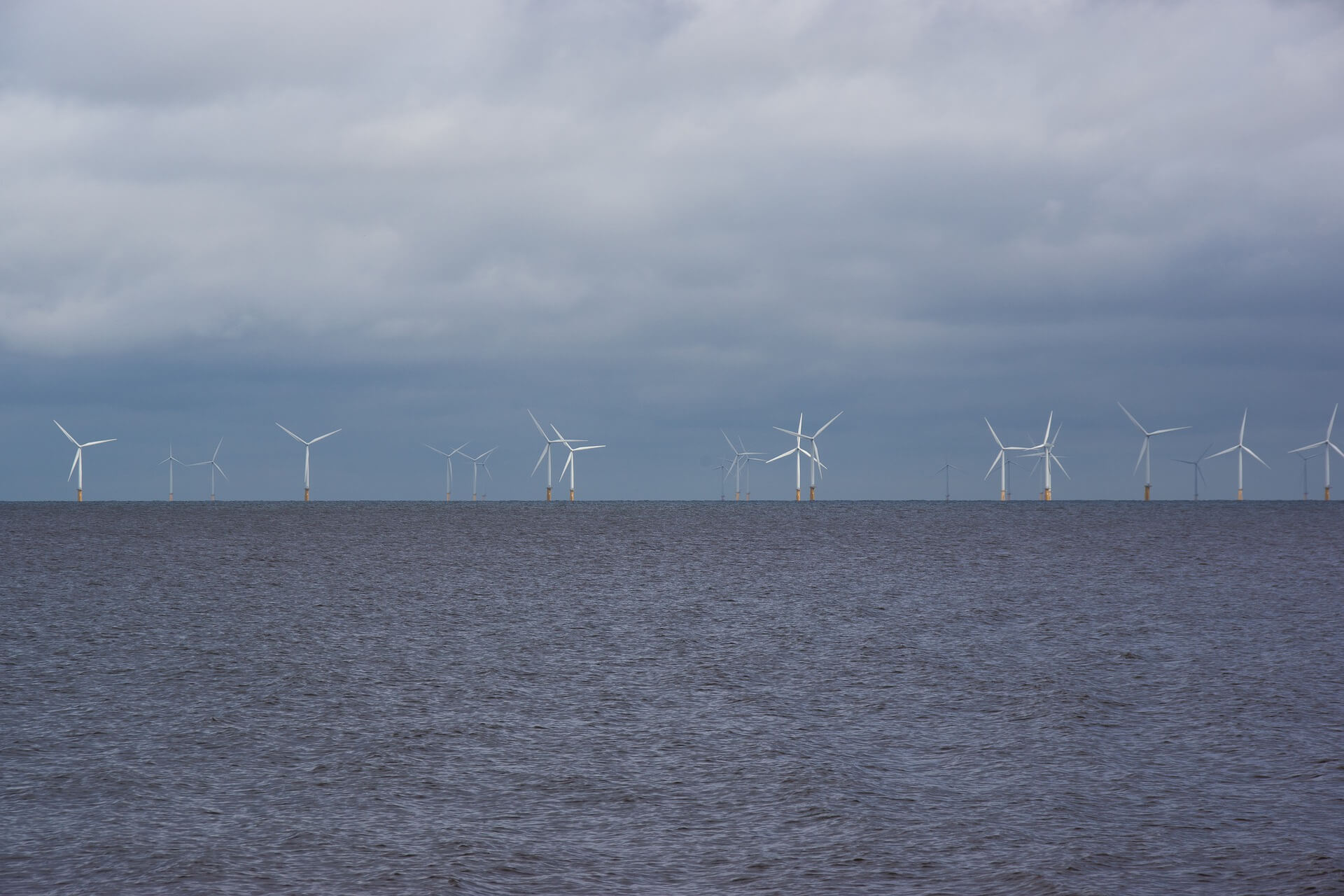Offshore wind energy: three key steps for successful development
After the Ministry of Energy submits a draft Government Resolution on the coordination of places in the Baltic Sea where it would be expedient to develop wind parks and on power capacity, the Lithuanian Wind Power Association draws attention to important aspects for successful development. In the interests of efficiency, it is important to properly regulate the legal framework and provide missing clarifications to industry participants.
“First, it is important to carry out the research and studies required for the development of offshore wind energy as soon as possible. The amendments to the law regulating them were adopted in 2017, but since then only one study has been conducted on the potential of wind energy in Lithuanian maritime territories. It is already becoming clear that all the necessary work will not be done by the statutory term of 1 February 2021 and that the development of offshore wind energy will be delayed for a later period. If the processes continue at this pace, there is a risk that we will not see offshore wind parks until 2030,” says Aistis Radavičius, Director of the Lithuanian Wind Power Association.
Secondly, according to him, market participants are waiting to find out who – the Lithuanian Energy Agency or the developers of wind energy projects themselves – will be responsible for conducting certain studies, such as wind speed measurement, bottom surveys, etc. Having accurate data on marine conditions is extremely important, while the limited budget of the Lithuanian Energy Agency may not ensure the best result of such studies. Therefore, potential auctioneers should be able to carry out these essential studies themselves.
The third important step is deciding who, whether the network operator or the developer itself, will be responsible for setting up the infrastructure for the offshore substation and export cables to shore. According to the association, given the economic stagnation caused by the Covid-19 pandemic, when countries are looking for ways to stimulate their economies, such a project could be fully or partially financed from the state or EU budget. This would contribute to job creation, added value to the economy and demonstrate the state’s determination to develop offshore wind energy in the transition to a low-carbon economy.
Project proposals are in line with European best practice
As recently announced by the Ministry of Energy, the draft resolution of the Government provides for the installed capacity of the power plant park to reach 700 MW. A wind park of this capacity would produce about 2.5–3 TWh of electricity per year in the Baltic Sea, which is about 25 percent of the country’s current electricity demand.
The resolution provides for the exact territory of the Baltic Sea, where development of wind power plants is the most efficient. The estimated area of the territory in the Baltic Sea is 137.5 square kilometers, the distance to the shore – about 29 kilometers, the average sea depth – 35 m, the average wind speed according to the National Energy Agency – about 9 m/s.
According to the association’s experts, the proposed power, location, distance from the shore and depth of the park are suitable for the development of wind energy – they are in line with the scope and conditions of offshore wind park projects currently operating in Europe.
The first auctions for offshore wind are planned to be announced in 2023. Power plants should be built and start generating electricity by 2030.
Addition, the 25th of June:
On the 22nd of June, the Government made the decisions necessary for offshore wind development – a wind farm with a capacity of up to 700 MW is planned to be constructed by 2030 in a Baltic Sea territory nearly 30 kilometres from the shore. As the Ministry of Energy stated in a press-release, A wind farm of this capacity in the Baltic Sea can produce approximately 2.5-3 TWh of electricity per year, which is nearly a quarter of Lithuania’s current electricity demand. It is estimated that wind farms of this capacity will pull in as much as EUR 1 billion in private investments.
The territory planned in the Baltic Sea for the wind turbines covers an area of 137.5 km2, with a distance from shore of approximately 29 km, an average water depth of 35 m, and an average wind speed of approximately 9 m/s. Investors in the wind turbines in the Baltic Sea will be selected by tender. The tenders for the development and operation of these power plants in the marine territory are planned to be organised on 1 February 2023.
Prior to this period, the approved spatial planning and environmental procedures – the special plan and strategic environmental assessment and the environmental impact assessment – will be performed by the Lithuanian Energy Agency.
Taking into account the experience of other countries and the fact that the development of networks in the marine territory for connecting the planned turbines may take up to eight years, the Government additionally suggested that the transmission system operator begin preparatory work for connecting the turbines that are planned to be developed to the power grids.
More information is available on the website of the Ministry of Energy.
Post a comment
You must be logged in to post a comment.


